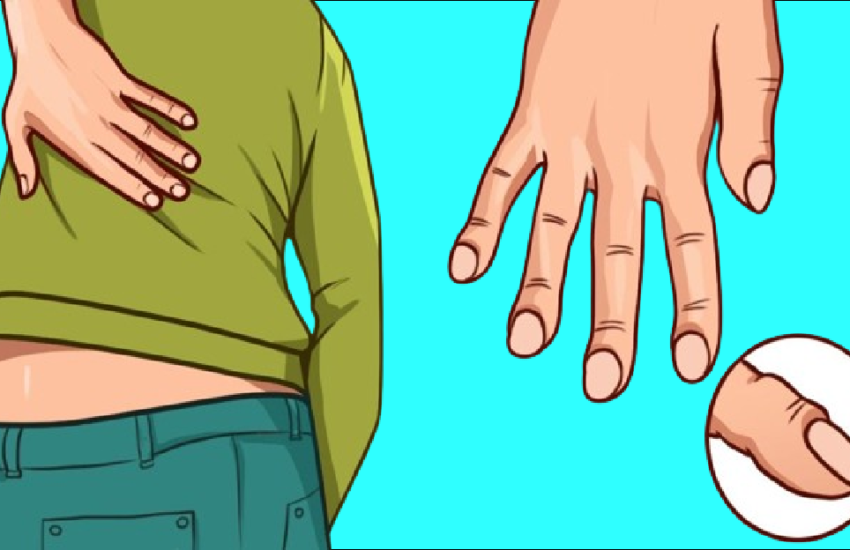How can your sleeping position affect your health?
If you’re having trouble falling asleep at night, it may actually be the position you fall asleep in, experts claim.
It is natural for people to have a preferred position to get a good night’s sleep, because sleeping helps us feel refreshed and gives the body the rest it needs to fully recover.
Experts say having a comfortable sleeping environment is essential, but how you sleep may also play an important role in getting a good night’s sleep.
Finding the best sleeping positions can help relieve back pain. Make sure you find a pose or two that works for you. Having more than one position helps you not stay in the same position for hours on end.
Everyone sleeps differently. So, there is no single perfect position, but the best place to start is by making sure your head, shoulders, and hips are aligned. The best way to do this is to sleep on your back or side.
Here we take a look at sleeping positions and how they can be beneficial for you:
Sleeping on the back
Lying on your back is probably the best overall sleeping position for a healthy back.
It ensures good alignment of the spine, starting from the head and neck vertebrae, through the thoracic and lumbar vertebrae, all the way to the pelvis. “Because the back is the largest area of the body, weight is distributed widely in this position, reducing hot pressure points.”
However, if you have any lower back problems, you may feel more comfortable placing a pillow under your knees. This is because many of the areas that cause lumbar back pain are located in the back, facet joints, and nerve roots. Placing a pillow under the knees allows the lumbar vertebrae to gently flex, taking pressure off these joints and nerves.
Fetal position
Many people naturally end up bending their spine slightly, by lying on their side with their knees slightly toward their chest, which is called the fetal position.
You can try sleeping this way if you have problems with your discs (found between adjacent vertebrae in your spine), and Andrew says this is the position in which most people find relief.
If you prefer to sleep on your side, place a firm pillow between your knees. This prevents the upper leg from falling forward and raises it. This will restore alignment of the spine, hips, and pelvis.
Side sleeping
A previous study found that about 60% of people prefer to sleep on one side. Elderly people or people suffering from various diseases are more likely to sleep on their side.
As we age we encounter more diseases. “So, if one hip, for example, is arthritic, you’ll naturally tend to sleep on the side that provides relief from any pain you’re experiencing.”
However, there are some downsides to sleeping on your side, including that you may experience shoulder pain and risk facial wrinkles due to pressure on one side.
If you like to sleep on your side, try changing the side you sleep on regularly.
Sleeping on the Tummy
Although you may feel comfortable sleeping on your stomach, you should really try to avoid sleeping this way.
This position puts a lot of stress on your back by hyperextending it. Unfortunately, for many people, this is the only position they can sleep in, or any other position makes them snore. If you are one of them, try placing a pillow under your stomach to relieve some of the pressure on your back. “If you’re someone who sleeps on your back or side and then rolls over and wakes up on your stomach, try hugging a large pillow across your chest and stomach to keep you in position.”
Another reason why sleeping on your stomach is bad is because the head is usually tilted to one side. “This twists the spine and puts extra stress on the neck, shoulders and back.”


